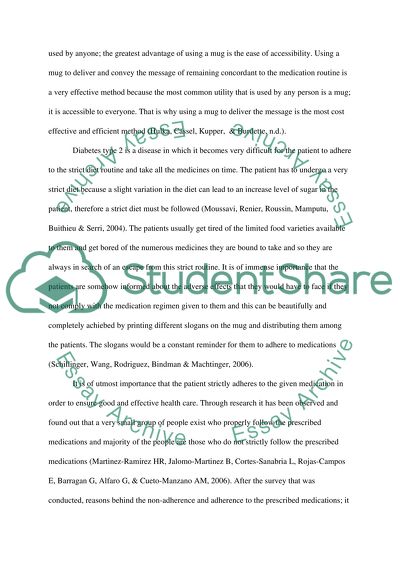Cite this document
(“Concordadane with Medication in Type 2 Diabetes Essay”, n.d.)
Concordadane with Medication in Type 2 Diabetes Essay. Retrieved from https://studentshare.org/nursing/1453830-concordadane-with-medication-in-type
Concordadane with Medication in Type 2 Diabetes Essay. Retrieved from https://studentshare.org/nursing/1453830-concordadane-with-medication-in-type
(Concordadane With Medication in Type 2 Diabetes Essay)
Concordadane With Medication in Type 2 Diabetes Essay. https://studentshare.org/nursing/1453830-concordadane-with-medication-in-type.
Concordadane With Medication in Type 2 Diabetes Essay. https://studentshare.org/nursing/1453830-concordadane-with-medication-in-type.
“Concordadane With Medication in Type 2 Diabetes Essay”, n.d. https://studentshare.org/nursing/1453830-concordadane-with-medication-in-type.


